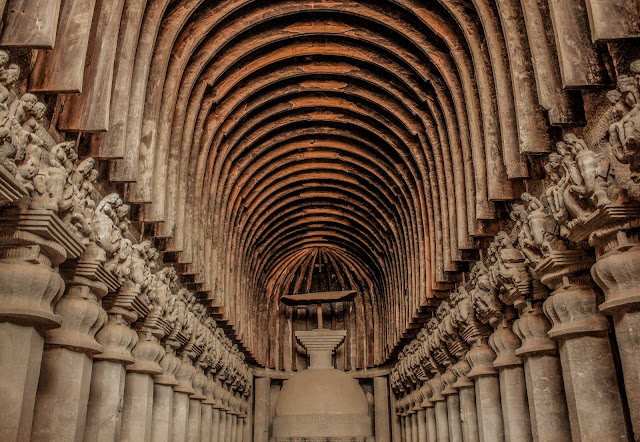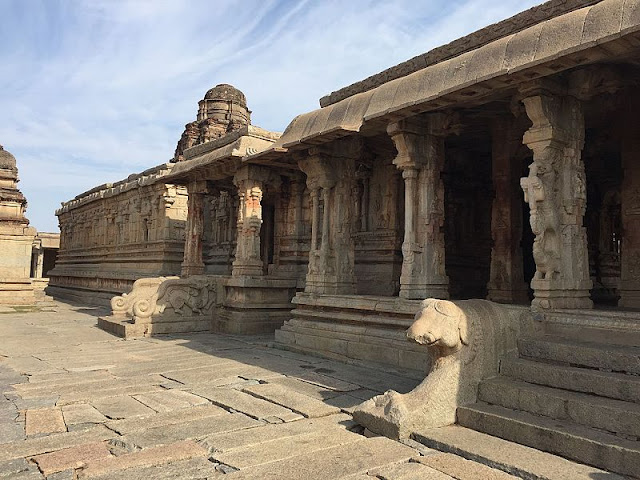Mubarak Shah's tomb / Image credit
Q.1. Who was the founder of Sayyid dynasty?
(a) Khizr Khan
(b) Mubarak Shah
(c) Muhammad Shah
(d) Ala-ud-Din Shah
Q.2. When was the foundation of the Sayyid dynasty laid?
(a) 1414
(b) 1421
(c) 1434
(d) 1443
Q.3. Who among the following traced his descent to the Prophet?
(a) Khizr Khan
(b) Mubarak Shah
(c) Muhammad Shah
(d) Alauddin Alam Shah
Q.4. Khizr Khan, founder of the Sayyid dynasty, was succeeded by whom in 1421?
(a) Mubarak Shah
(b) Alauddin Alam Shah
(c) Muhammad Shah
(d) None of the above
Q.5. Arrange the following Sayyid rulers in chronological order
(i) Khizr Khan
(ii) Mubarak Shah
(iii) Alauddin Alam Shah
(iv) Muhammad Shah
Select the correct answer using the codes given below:
(a) II, I,III,IV
(b) II, I, IV,III
(c) I, II, IV,III
(d) III, I, II, IV
Q. 6. Who among the following had assisted Khizr Khan in the foundation of Sayyid dynasty?
(a) Chengiz khan
(b)Timur Lang
(c) Ali Beg
(d) Nadir Shah
Q.7. For the Assertion (A) and Reason (R) below, choose the correct alternative
Assertion: The last ruler of Sayyid dynasty, Ala-ud-Din Alam Shah, voluntarily abdicated the throne of the Delhi Sultanate in favour of Bahlul Khan Lodi in 1451 and left for Badaun.
Reason: Khizr Khan was the governor of Multan under the third Tughlaq Sultan Firuz Shah Tughlaq.
(a) Both A and R are true and R is the correct explanation of A.
(b) Both A and R are true but R is NOT the correct explanation of A.
(c) A is true but R is false.
(d) A is false but R is true.
Q. 8. Who among the following medieval historians wrote Tarikh-i-Mubarak Shahi?
(a) Minhaj-us-Siraj
(b) Yahya bin Ahmad Sirhindi
(c) Ziauddin Barni
(d) Amir Khusrav
Q.9. After which dynasty did the Sayyid dynasty come to rule during the Delhi Sultanate period?
(a) Slave Dynasty
(b) Khiliji dynasty
(c) Tughlaq dynasty
(d) Lodi dynasty
Q.10. Sayyid dynasty ruled for ______.
(a) 27
(b) 37
(c) 47
(d) 57
Answers
1-a
Notes
Khizr Khan was the founder of the Sayyid dynasty, the fourth and penultimate dynasty of the Delhi Sultanate. The rulers of the dynasty ruled for 37 years from 1414 to 1451.
Khizr Khan was appointed governor of Multan, Lahore and DIpalpur by Timur Lang or Tamerlane who won these places after invading India and sacking Delhi in 1398-99. In June 1414, Khizr Khan invaded Delhi and founded a new dynasty named Saiyid Dynasty.
2-a
Notes
The Sayyid dynasty ruled from 1414 to 1451 until they were displaced by the Lodi dynasty.
3-a
According to some historians, Khizr Khan traced his descent to the Prophet. That Khizr Khan traced his descent to the Prophet has been mentioned in Tarikh-i-Mubarak Shahi written by Yahiya bin Ahmad Sarhindi.
4-a
Notes
After the death of his father Khizr Khan, the founder of the Sayyid dynasty, Mubarak Shah ascended the throne of Delhi Sultanate. Mubarak Shah, who was nominated as the successor by his father, became the sovereign ruler of Delhi on the very day of the latter's death (20th May, 1421)
5-c
Notes
Muhammad Shah was the third ruler of Sayyid Dynasty. He ruled from 1434 to 1345.
Alauddin Alam Shah was the last ruler of Sayyid Dynasty. He abandoned his throne in 1451 and retired to Badaun (now in Uttar Pradesh), where he died in 1478.
6- b
Notes
Khizr Khan was appointed Governor of Multan, Lahore and Dipalpur by the Mangol leader Timur Lang or Tamerlane who had invaded India during the reign of Nasiruddin Mahmud (1394-1413), the last Tughluq ruler, in the years 1398-99.
7-b
Ala-ud-Din Alam Shah was an inefficient ruler. Such was his fondness for gratification and aversion to work that he abdicated the throne in favour of Buhlul Khan Lodi, the governor of Lahore and Sirhind, in 1451 and retired to Badaun (now in Uttar Pradesh), where he died in 1478.
8-b
Notes
It was during the reign of Mubarak Shah (reigned 1421- 1434 ) that Yahya bin Ahmad Sirhindi composed his Tarikh-i-Mubarak Shahi, dedicated to the Sayyid ruler.
Written in Persian, Tarikh-i-Mubarak Shahi begins with the reign of Muizzuddin Muhammad of Ghor and ends at 1434 with the accession of Sultan Muhammad Shah, the third Saiyid ruler.
9-c
Notes
Sayyid dynasty which ruled the Delhi Sultanate from 1414 to 1451 came after the Tughlaq Dynasty which ruled from 1320 to 1413.
10-b
Notes
The rulers of the Sayyid dynasty ruled for 37 years from 1414 to 1451.
.jpg)





.jpg)

